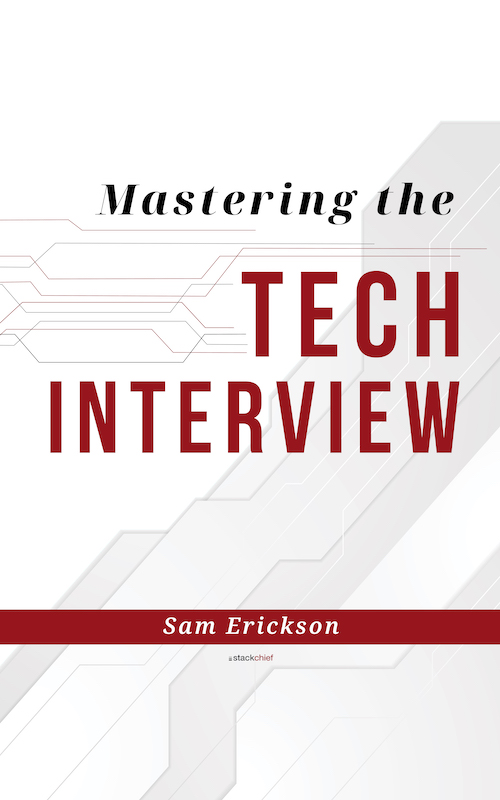How to avoid user fatigue while using push notifications software
While push notifications may be an effective method of user engagement and timely information delivery, they also pose the potential for user weariness. Too many alerts, particularly if they are unnecessary or invasive, might cause consumers to tune out and lose interest. Finding the sweet spot between keeping in touch with consumers and honoring their wishes is essential for keeping your push notification strategy fresh and avoiding user burnout. Learn how to keep your users from becoming bored using push notifications software.
Provide useful information in each notification
The best method to keep users from being annoyed is to deliver genuine value in every push notification you send. Users are more inclined to interact with alerts that provide them with something of value, such as new information, a discount, or a tailored update. Here are several methods to ensure that every notification is useful:
· Personalize messages based on what you know about the person. Send them relevant and tailored communications based on information like their location, browsing habits, and purchases. If a customer often looks at a certain category of items in your app, you may alert them to updates and sales in that area.
· Time your notifications appropriately to maximize their usefulness. Sending a reminder about lunch deals at 7 AM may not be as effective as sending it closer to noon, for example, if your app facilitates the delivery of food.
· Sort your users into groups according to demographic data, past purchases, and how they're using the app. Then, you may notify certain groups based on their membership. By doing so, users are more likely to get communications that are relevant to them.
Also, write notifications using language that is easy to understand. Stay away from complicated language or jargon. Clearly state the offer or message you're trying to send in the notice. Users must quickly grasp the significance of the notice.
Always honor the user's choice to opt-in
When it comes to preventing user burnout, user choices and permissions are crucial. Never ignore a user's notification preferences. This is the procedure:
· Clarify and simplify the procedure for opting in. Give people an idea of what they may anticipate if they grant you permission to deliver push alerts. Give them the freedom to choose whether or not to participate.
· Make it simple for customers to set their notification choices inside your app or website. Give them the option to choose the frequency and kind of alerts they get.
· Use frequency capping to restrict the amount of alerts a user gets in a certain time period. You may, for instance, set a daily or weekly limit on the frequency of promotional alerts.
· You may want to install some kind of inactivity filter. You may temporarily halt alerts for users who haven't interacted with your app or website in a certain amount of time.
You should make it simple for people to stop receiving alerts altogether. Any time a user opts out, they should see an unsubscribe link or button and have that action taken immediately.
Do not underestimate the importance of continuous improvement
It is important to constantly adapt your push notification approach since user preferences and engagement patterns might change over time. An effective method in this respect is A/B testing. Examine the effectiveness of varying the content, timing, and personalization of your alerts with a series of A/B experiments. Evaluate how well two or more variants are doing in order to determine which one is more successful. Split testing results and stats on user interaction might help guide your choices. Find out what resonates most with your target market, and tailor your approach appropriately. Optimization is an endless cycle. You should always be tweaking your push notification approach to make it more effective. The methods that were successful last month may not be as productive as this one.

